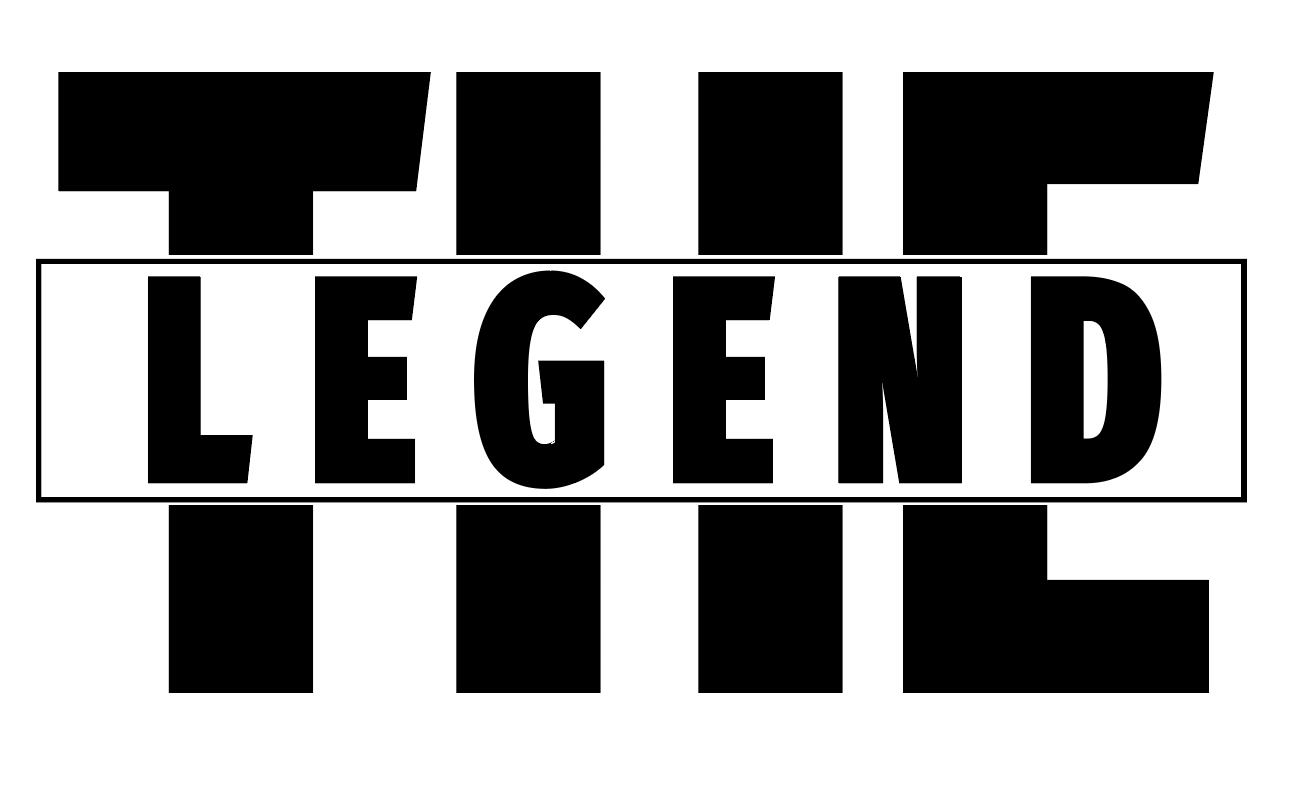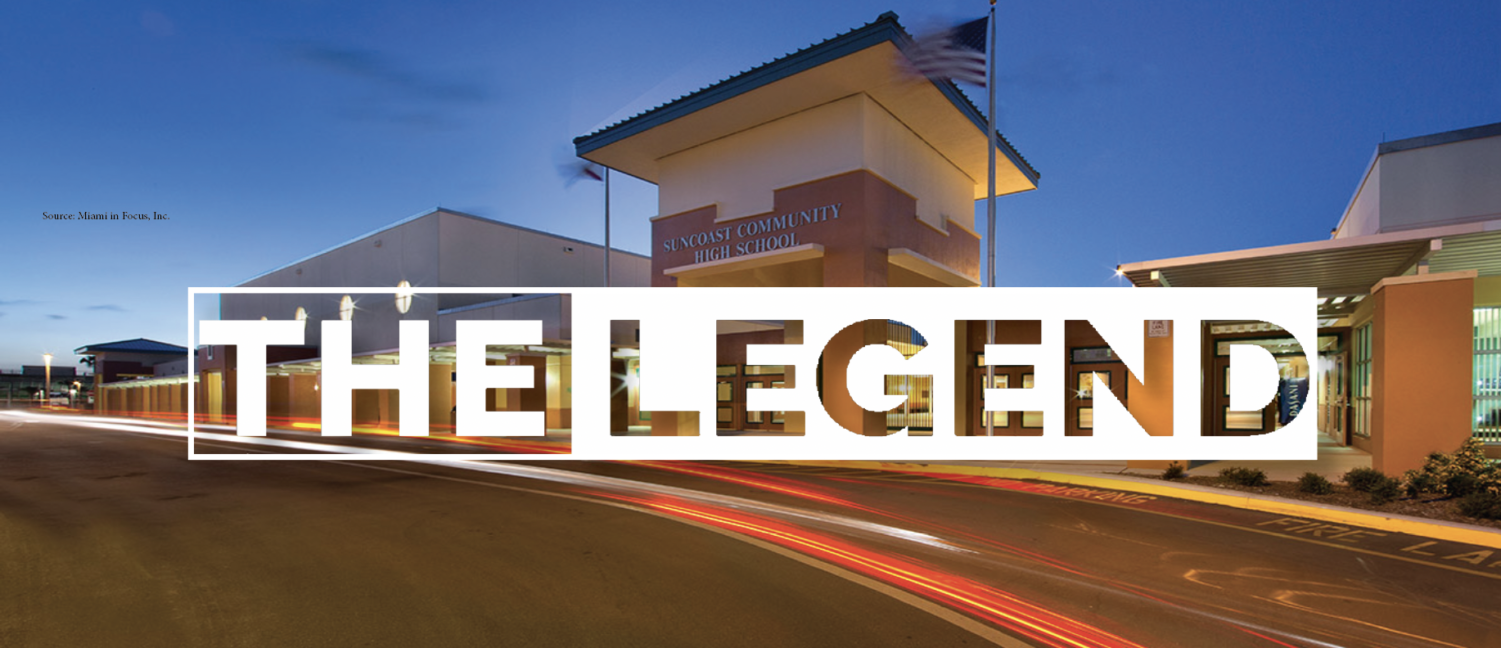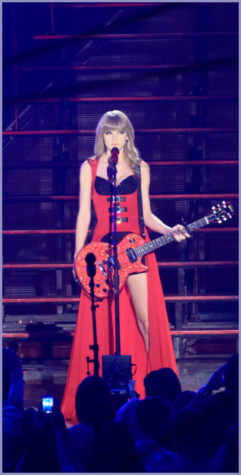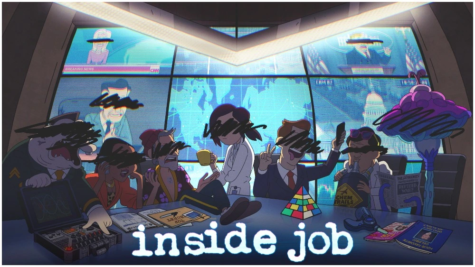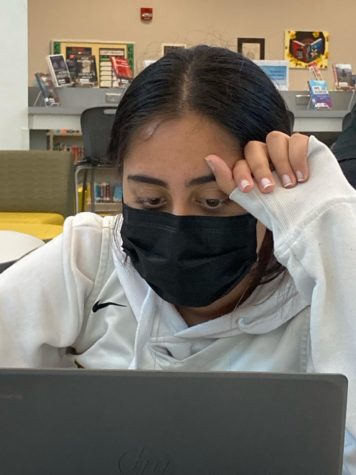TECH A STEP BACK
Technology has been taking gigantic leaps back due to the underestimations of human ability and accessibility for the sake of convenience.
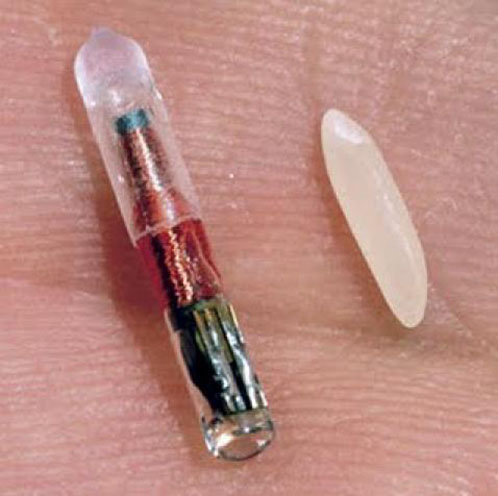
Throughout time, we have developed ways for identifying certain objects with our senses. However, with the introduction of barcodes and magnetic strips, we can use them to make transactions, keep inventory of goods in a marketplace, or even to access secure areas. Radio-frequency identification chips (RFID) are microchips that use specific radio wave ranges to track and identify the objects they are attached to. A segment from the “Today Show” demonstrated the chip’s use by broadcasting a company in Wisconsin celebrating Chip Day. It showed an employee buying a candy bar from a vending machine with the implant and another getting the implant on his left hand via injection, live on television . At the end of the segment, a survey was conducted with 93 percent of the public disagreeing on chipping humans.
Now whether you see RFID chips as the next biotechnological step or trend, it is astounding how this concept was right under our noses. Around 2004, Duracell made a commercial about a mother that lost her child, Kevin, in a park and utilized a BrickHouse Security GPS Locator to find him only to find out that Kevin was walking back to her with a balloon. It is a surreal commercial in retrospect. In fact, the FDA approved humans being implanted with RFID chips back in 2004. Additionally, the House of Representatives passed a bill that enforced mentally disabled individuals to be implanted with these chips in 2016. Later in 2006, this technology was shown to have some flaws, as the ability to clone the chip and masquerade as an individual for intrusion of personal information like bank accounts, social security, and passports became possible. Also, there is the possibility that the owner of the chip might have their information being datamined, or taken without their permission, for money, which adds more problems to the security issues that barcodes and magnetic strips already had. So even if it is being encouraged, why not take the alternative RFID card/keychain or the tried-and-true barcodes and magnetic strips and what is the longevity for these chips? Honestly, I think RFID chips are being encouraged to make the previous methods seem obsolete and to promote this as being more convenient, although there is no unique use for it. At best, it acts as a credit card and GPS device, but being on at all times.
There is another technological trend that has some relation to these RFID implants: The Internet of Things. It is the idea that everything you interact with, your refrigerator, television, or even your toothbrush, are connected to the Internet. It seems silly to think that a juicer could connect to the Internet, but not so foolish when you consider the Juicero Press. It was a juicer that had to be connected to a Wifi network in order to operate. Its operation was to press pre-made packs of fruits and vegetables made exclusively by the company, Juicero. This resulted in bankruptcy for the start-up company due to the product’s original $699 price, the produce packs being easily squeezed by hand, restrictions on third-party produce packs, and the always-online connection; which shows that technology and connectivity does not always equate to convenience, and simple tasks should not be handled by a complex machine.
Throughout time, technology has evolved into ways we could not even imagine from Internet to the pacemaker. However, it seems that the majority of people are setting their boundaries on technology that is unnecessary and intrusive. Majority of Suncoast students are dependent on these type of technologies to gain access to their bank accounts, to communicate with others, or finding directions in an alien location. Having a house assistant, like Alexa or Google Home, is understandable for a someone like a workaholic or elderly couple, but are corporations seriously underestimating our intellect, or not? Nonetheless, it is wise to keep an open eye on where technology goes in the future and how they are being utilized as for us.

Hello, my name is Jimmie Smith and I am Co-Website Editor for The Legend. I usually compose music as a hobby and I am the guy that is “Unquotable, Unpredictable, and Unsuitable.”
